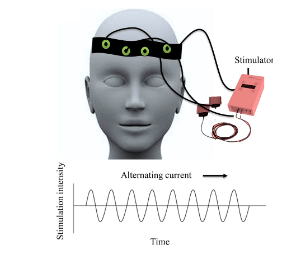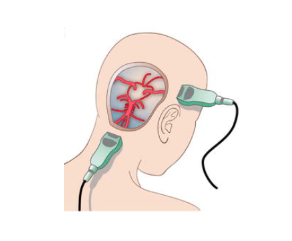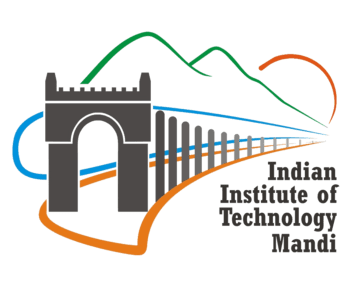Study of the effect of non-invasive brain stimulation
Title of the project
Problem Statement
Project Brief
Non-invasive brain stimulation (NIBS) is painless and safe, has minimal side effects, and has been used by thousands of people worldwide. It aims to improve quality of life and reduce the effects of issues related to speaking, swallowing, movement, cognition, and other functions. Transcranial direct current stimulation (tDCS), transcranial alternating current stimulation (tACS), transcranial magnetic stimulation (TMS), and transcranial ultrasound stimulation (tUS) are a few of the NIBS techniques.
tDCS is a portable, wearable brain stimulation technique that delivers a low electric current to the scalp. A fixed current between 1 and 2 mA is typically applied. tDCS works by applying a positive (anodal) or negative (cathodal) current via electrodes to an area. tDCS is a neuromodulation technique that produces immediate and lasting changes in brain function. The position of the anode and cathode electrodes on the head is used to set how current flows to specific brain regions. The current delivered by tDCS is NOT strong enough to trigger an action potential in a neuron, instead its “sub-threshold” changes the pattern of already active neurons. Think of the brain as active, trying to do or learn something, and tDCS coming along to boost this ongoing activity. At the cellular level, tDCS changes neuronal firand by strengthening synaptic transmission between neurons by augmenting synaptic plasticity which is, in turn, the cellular basis of learning.

In tACS a low-intensity sinusoidal electrical current is applied to the brain through electrodes on the scalp. The technique can be painless and is thought to boost the brain’s own oscillations, which can be used to treat disease or enhance brain function. In many ways, tACS is similar to tDCS as a neuromodulatory technique, but instead of applying a direct electrical current, tACS oscillates a sinusoidal current at a chosen frequency to interact with the brain’s natural cortical oscillations. Generally, a large electrode is placed over an area of interest that applies stimulation while a reference electrode is placed in a neutral location. When several oscillations are pulsated, desynchronization of cortical oscillations can occur.

tUS is an emerging neuromodulation tool that transmits low-intensity ultrasound through the skull to temporarily and safely modulate regional brain activity. Ultrasound (US) consists of mechanical oscillations, e.g., in MHz. Ultrasound neuromodulation offers better spatial resolution and the ability to reach deep targets in the brain. Several experiments till now experimented on whether tUS could modulate mood in healthy participants by sonicating a region in the prefrontal cortex implicated in emotional regulation, thereby uncovering a target for future therapeutic interventions.

Current status:
Project is in the beginning state.
Technologies involved:
EEG, NIRS, tDCS, tACS, tUS.
Solution is relevant to which industry
It will be useful for the treatment of many Neurogenerative diseases and can be used for improving cognitive performance as well.

